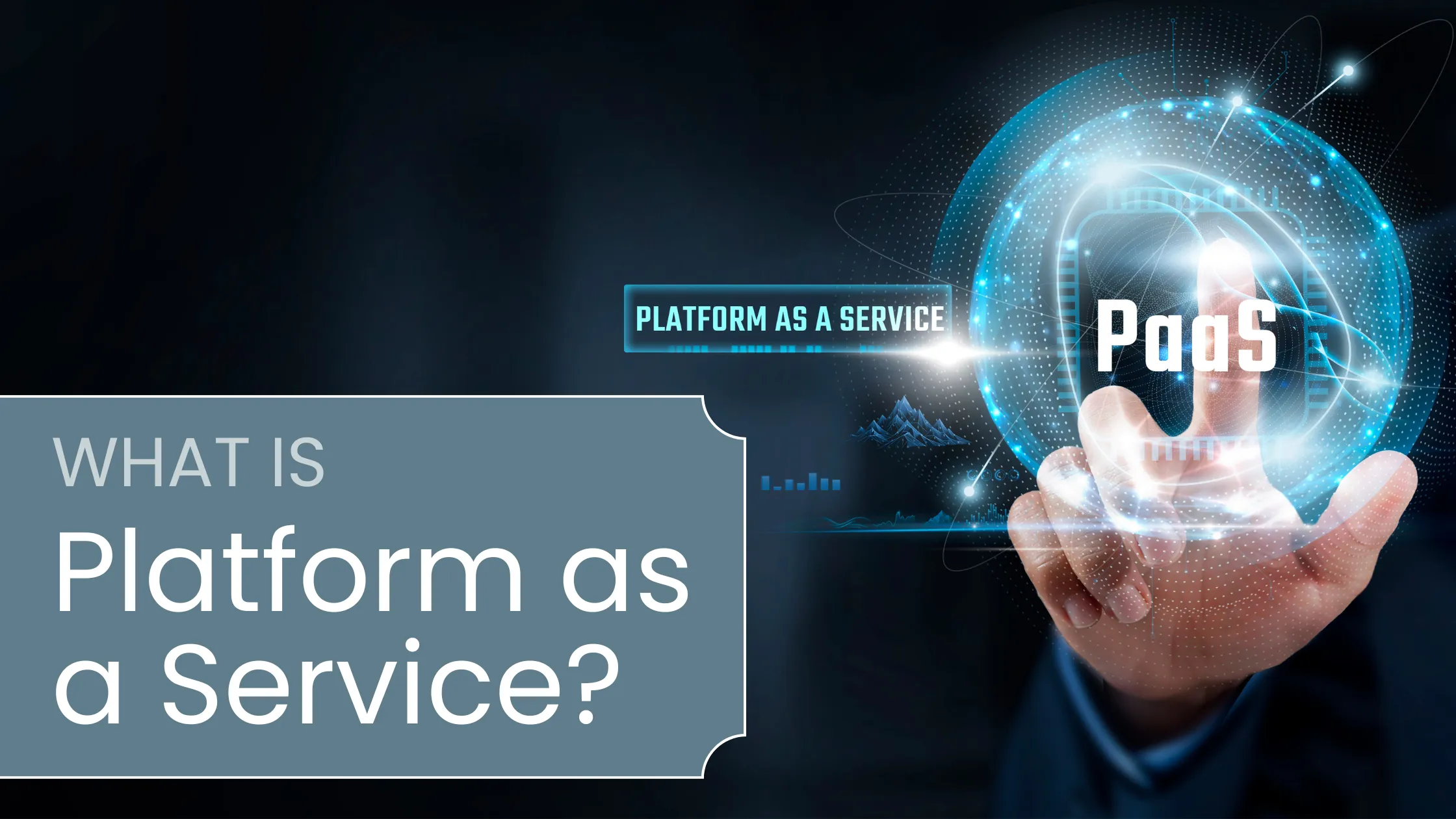What is PaaS – Platform-as-a-Service?

Platform as a Service (PaaS) is a cloud computing service that provides infrastructure and a platform for developing, launching, managing, and scaling applications without the need to manage backend infrastructure. This comprehensive guide explores the key aspects of PaaS, from its core features to market projections.
What is PaaS?
PaaS is a cloud computing model that delivers a complete development and deployment environment in the cloud. It enables developers to build, test, run, and scale applications more quickly and cost-effectively than managing on-premises infrastructure.
Main Features of PaaS
Infrastructure Management
- Container Runtime Management: Automated container orchestration and deployment
- Infrastructure Management: Automatic provisioning and management of servers, storage, and networking
- Operating System Support: Pre-configured OS environments ready for development
Development Tools
- Development and Testing Tools: Integrated development environments and testing frameworks
- Middleware Provision: Pre-built middleware components for faster development
- Database Support: Managed database services with automated backups and scaling
Operations & Security
- Monitoring Tools: Built-in application and infrastructure monitoring
- Security Features: Integrated security measures and compliance tools
- Automatic App Scaling: Dynamic resource allocation based on demand
Delivery & Integration
- Continuous Integration and Delivery: Automated CI/CD pipelines for streamlined deployment
Advantages of PaaS
Easy to Use
PaaS platforms abstract away the complexity of infrastructure management, allowing developers to focus on writing code rather than managing servers.
Reduces Development Complexity
By providing pre-configured environments and tools, PaaS significantly reduces the complexity of application development.
Faster Time to Market
With infrastructure and platform concerns handled, development teams can deploy applications faster and more frequently.
Eliminates Infrastructure Management
No need to worry about server maintenance, updates, or capacity planning – the PaaS provider handles it all.
Multi-Platform App Development
Many PaaS solutions support cross-platform development, enabling teams to build applications for multiple platforms simultaneously.
Dynamic Resource Scaling
Applications can automatically scale up or down based on demand, ensuring optimal performance and cost efficiency.
Limitations of PaaS
Limited Flexibility and Control
PaaS platforms may restrict certain customizations or configurations compared to managing your own infrastructure.
Higher Costs Compared to IaaS
While PaaS eliminates infrastructure management overhead, it typically costs more than Infrastructure as a Service (IaaS) solutions.
Potential Vendor Lock-in
Applications built on a specific PaaS platform may be difficult to migrate to another provider or to on-premises infrastructure.
Programming Language Support Constraints
Some PaaS platforms only support specific programming languages or frameworks, limiting technology choices.
Potential Compatibility Issues
Integration with existing systems or third-party services may present challenges depending on the PaaS platform.
Use Cases for PaaS
Web-Based Applications
PaaS is ideal for building and hosting web applications with automatic scaling and management.
Mobile App Development
Develop, test, and deploy mobile applications with backend services managed by the platform.
API Creation
Build and manage APIs for connecting applications and services.
Analytics and Business Intelligence
Deploy analytics platforms and BI tools without managing underlying infrastructure.
Database Management
Host and manage databases with automated backups, scaling, and maintenance.
Communication Platforms
Build messaging, chat, and collaboration platforms.
IoT Projects
Develop and manage IoT applications with scalable backend infrastructure.
Top PaaS Providers
The PaaS market features numerous providers, each with unique strengths:
- Back4App: Backend as a Service with Parse Server
- Heroku: Developer-friendly platform with extensive add-ons
- Engine Yard: Ruby on Rails and PHP-focused platform
- Render: Modern cloud platform with automatic scaling
- Google App Engine: Google’s fully managed serverless platform
- Platform.sh: Continuous deployment platform for web applications
- Red Hat OpenShift: Enterprise Kubernetes platform
- Railway.app: Simple deployment platform for developers
- Fly.io: Global application platform running on edge computing
- Dokku: Self-hosted PaaS alternative
Market Growth and Projections
The global PaaS market is experiencing significant growth, driven by increasing cloud adoption and digital transformation initiatives. The market is expected to grow from $83.69 billion in 2022 to potentially $188.50 billion by 2027, representing a compound annual growth rate (CAGR) of approximately 19.7%.
This robust growth reflects the increasing demand for agile development platforms, the rise of microservices architectures, and the need for businesses to accelerate their digital transformation efforts.
Conclusion
Platform as a Service represents a powerful middle ground between Infrastructure as a Service and Software as a Service. By handling infrastructure management while providing development tools and platforms, PaaS enables developers to focus on building great applications rather than managing servers and infrastructure.
While PaaS has limitations in terms of flexibility and potential vendor lock-in, its benefits in terms of development speed, reduced complexity, and automatic scaling make it an attractive option for many organizations. As the market continues to grow, we can expect to see even more innovation and capabilities in the PaaS space.
Whether you’re building web applications, mobile apps, APIs, or IoT solutions, PaaS offers a compelling platform for modern application development and deployment.